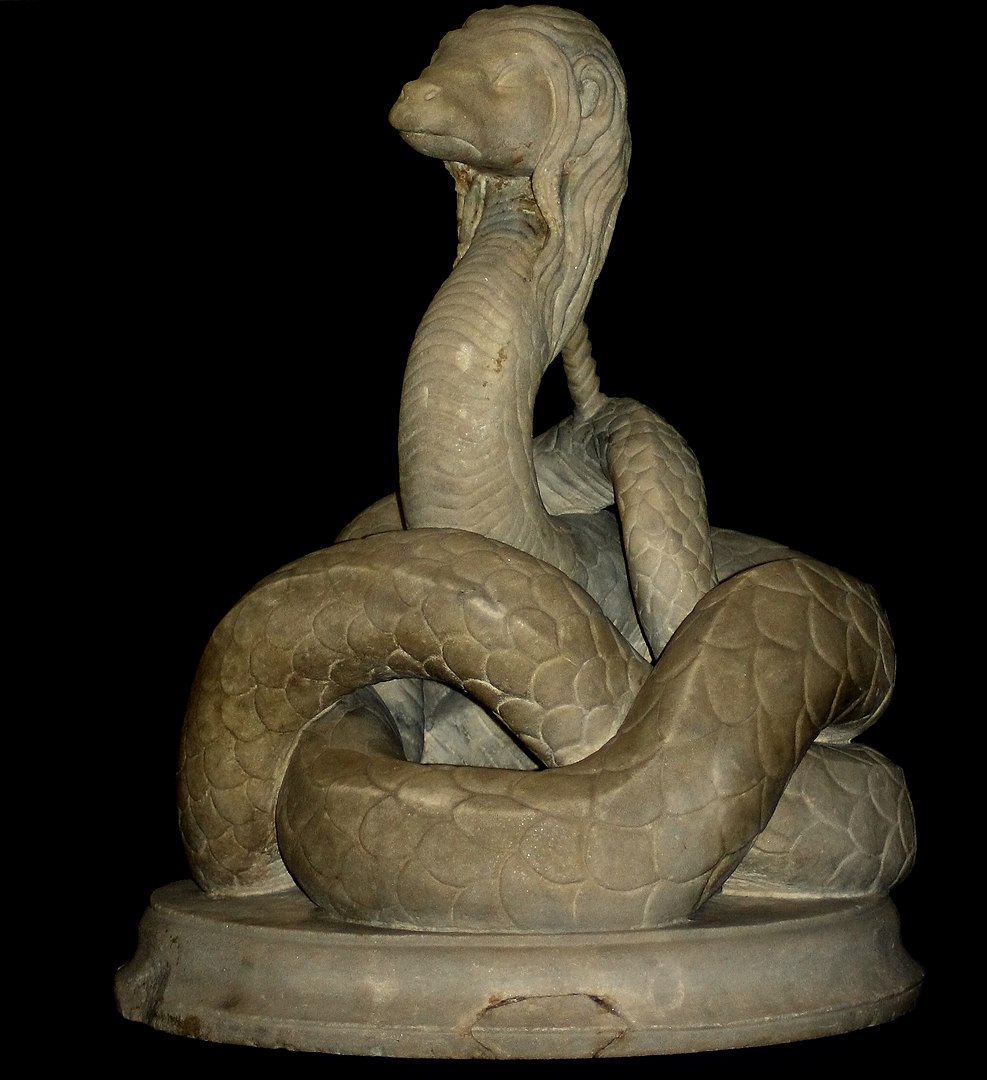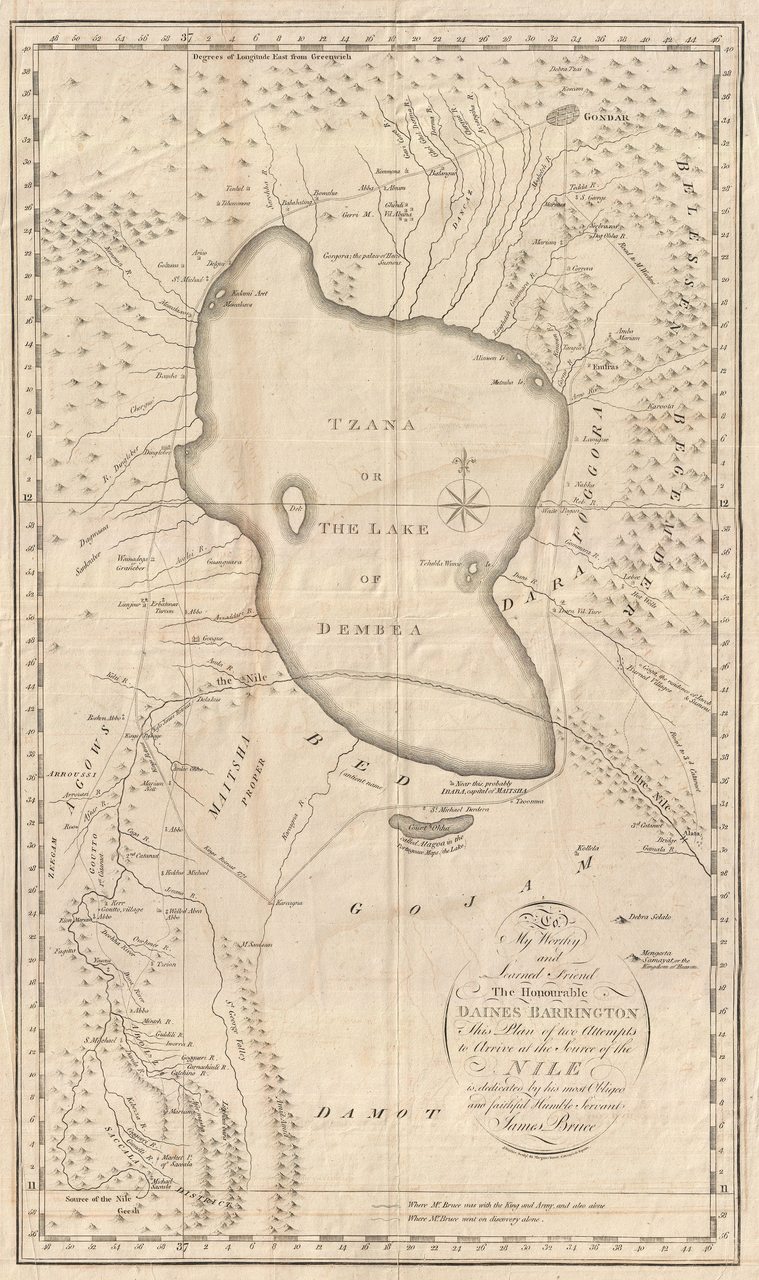The 2020 Tokyo Olympics flame was doused, but many glorious moments of athletes and their perseverance and endeavour still remain in our hearts, and were recently celebrated across the country. Fifty-seven years ago in the same city, a Scottish swimming star reached new heights and shone on the podium in the 1964 Tokyo Olympics.
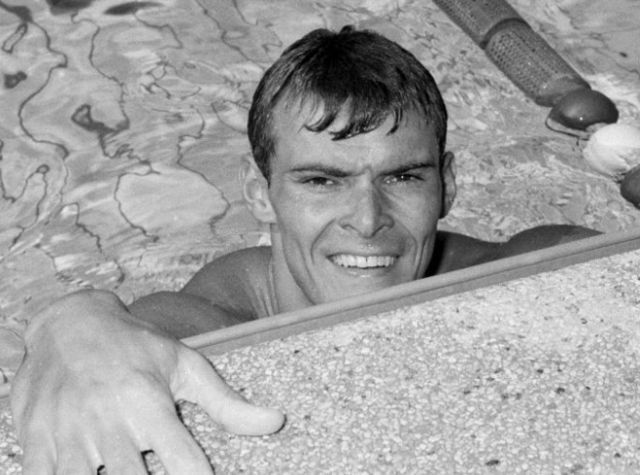

Known as “Falkirk Flyer,” Robert “Bobby” McGregor, MBE is not only a successful Olympian swimming medallist who earned Scotland the greatest achievement in the aquatic arena, he is also an intangible asset across Falkirk communities. He was born in Helensburgh in April 1944 and became a resident of Falkirk at the age of 3, the town to be forever associated with his nickname. Everybody in Falkirk knew that fishing from canal banks was Bobby’s favourite hobby and he would rather fish than swim. However, a request from his father ultimately changed Bobby’s entire life and began on his magical journey in swimming.
Bobby’s father, David, was the only Scot in the squad to represent the GB water polo team in the Berlin Olympics in 1936. He later worked in the Falkirk Baths (where the Howgate Centre now stands). His great swimming talent and ability passed on to the next generation. Bobby wanted to fish in a local canal when he was a child, but his father insisted him he needed to learn basic swimming skills before he could go fishing alone. Although this Comely Park Primary pupil was not willing to learn at the beginning, he quickly mastered the butterfly, and his natural talent and potential were soon discovered by his father when learning the crawl.
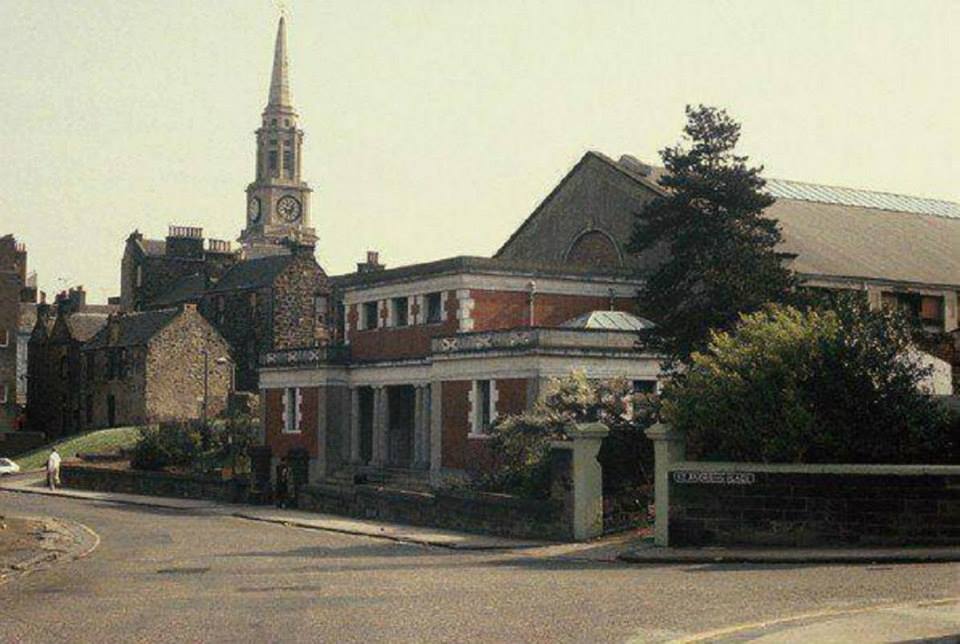

At the age of 9, Bobby stepped into the swimming world and had his first swimming lesson. The path to becoming a world-class swimmer has not been easy but he has made it through the most challenging times and hardships. Although it was standard in a UK municipal pool at that time, Falkirk Baths was a 25-yard pool. This length did not comply with Olympic-size swimming pool standards. Its small size and a lack of facilities stop Bobby from swimming. Instead, he received two training sessions on a typical day. He could enter the pool to begin training 45 minutes before the doors opened to the general public in the morning, with the help of his father, David, who worked as a manager of the Baths.
Bobby typically woke up at 6am and undertook a series of tasks from 7:30am. The morning session usually began with a 1,000-yard warmup, including 500 yards using arms only, with legs tied together, 300 yards with a normal stroke, 100 yards kicking and 100 yards backstroke. In the evening, he swam another 1,000 yards, warming up with 10 50-yard segments of freestyle and five breaststrokes. He also had to complete lightweight lifting three times a week. To improve their preparations for the Olympics, Bobby and his father once asked Falkirk Council if they could own a lane during public sessions at lunchtimes or in the evenings. Unfortunately, they were rejected because of a number of complaints from recreational swimmers.
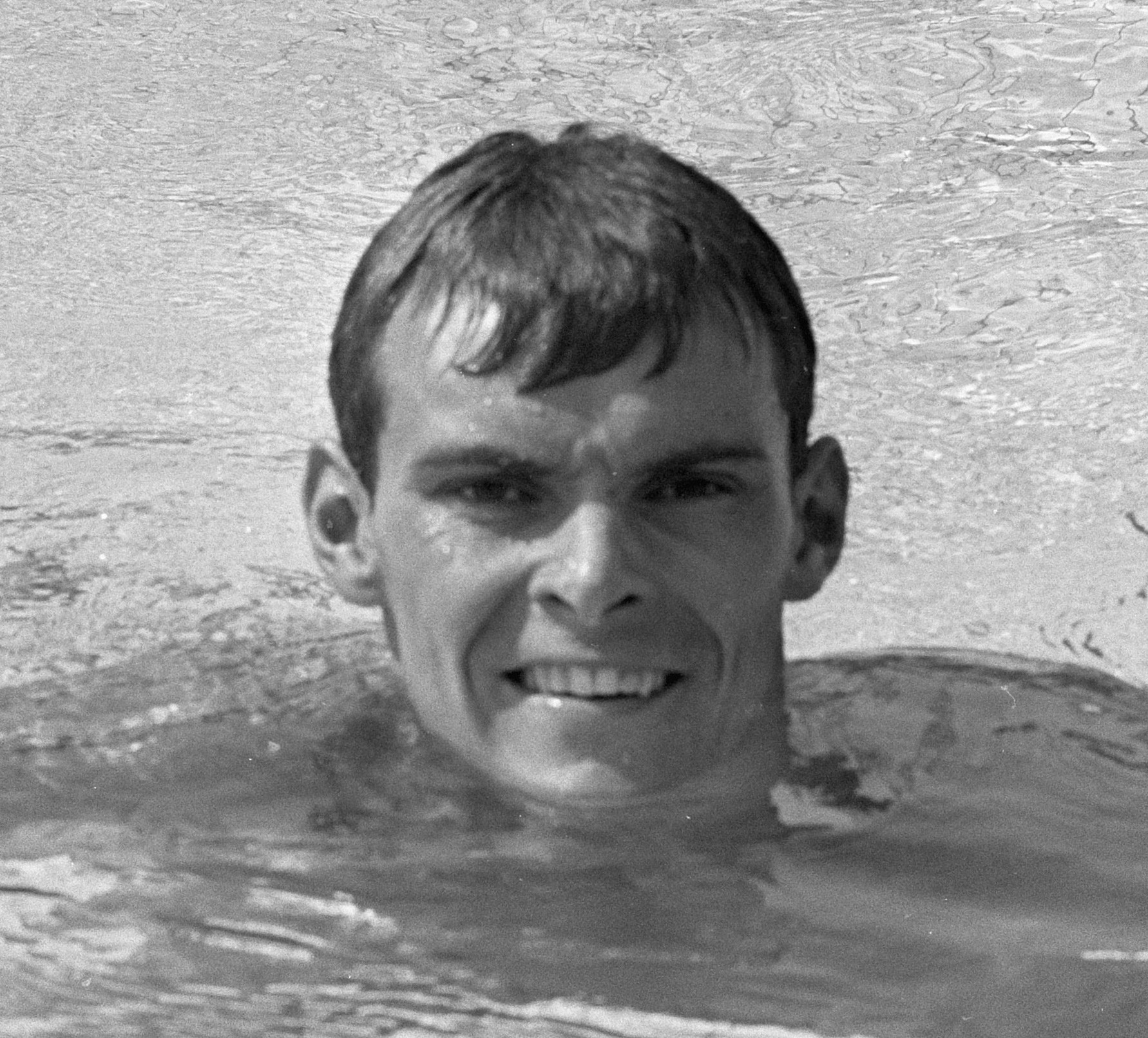

All his hard work and indomitable spirit paid off. He won his first championship in Falkirk Primary School at the age of 10, within a year of learning to swim. At 16, this teenager who was still studying at Falkirk High School received the Scottish junior 100-yard freestyle champion title. Bobby reached his peak during the 1960s. The 18-year old boy won a silver medal in the 4x100m freestyle relay during the 1962 European Championships. Later that year, he was selected to represent Scotland to compete at the Commonwealth Games, and won a silver medal in 110-yard freestyle. Bobby continued to shine in the following years and his effort finally took him to the Olympic games.
In 1964 he set not only a new world record of 53.6 seconds for the 100m, but also competed in four events on behalf of the British swimming team at the Tokyo Olympics, and won a silver medal in the 100m freestyle. This was despite the fact that Bobby’s request to bring his father to Tokyo to help him prepare for the biggest race of his life was rejected by the council. 1966 was definitely Bobby’s year. He won a silver medal at the Commonwealth Games, a gold at the European Championships, then broke his own 100m record at the British Championships in 53.3 seconds. Two years later, Bobby took part in the last Olympic Games in his competitive swimming career and retired after finishing fourth in the 100m freestyle and 4×100m freestyle relay.
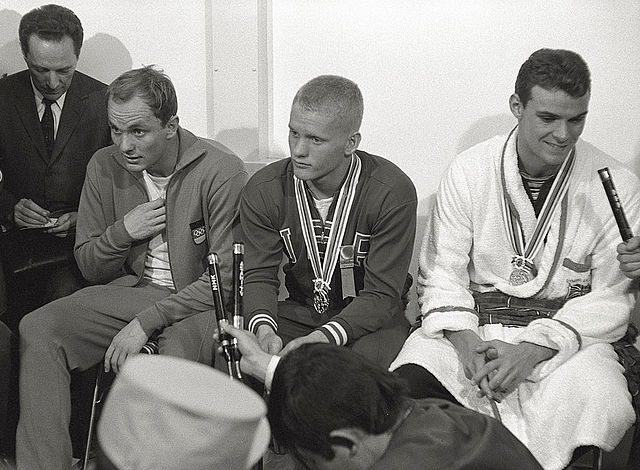

His huge success in the 1964 Olympic Games was celebrated with a hero’s welcome when he returned Falkirk. John Maxwell, the Lord Provost of Falkirk, and the town council assembled to offer him a VIP greeting upon his arrival at Edinburgh’s Turnhouse Airport. Over 2,000 supporters crowed outside Bobby’s home in Bantaskine Street and cheered when he was reunited with his family. In 1965 Bobby was awarded an MBE in the New Year Honours List and inducted as one of the first members into the Scottish Sports Hall of Fame in 2002.
Busy schedules in training and swimming competitions did not stop Bobby from pursuing further studies. He graduated in architecture from the University of Strathclyde and now owns Hamilton and McGregor architects in Glasgow. He returned to his birthplace, Helensburgh, and now lives a happy and peaceful life with his family.
By Chelsie Mok, Hidden Heritage volunteer.
